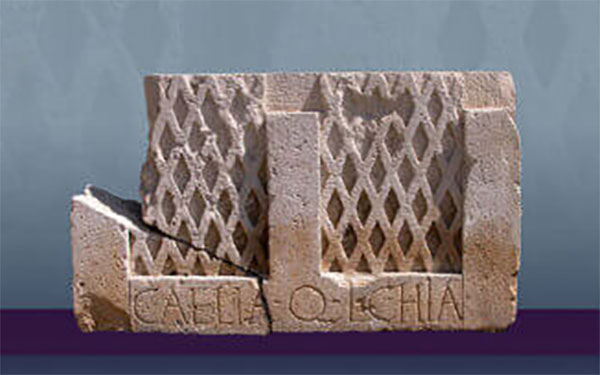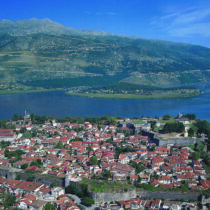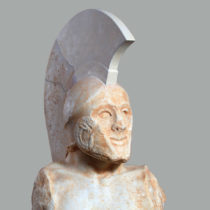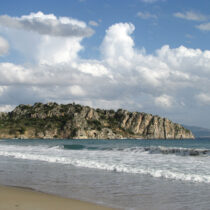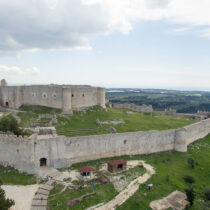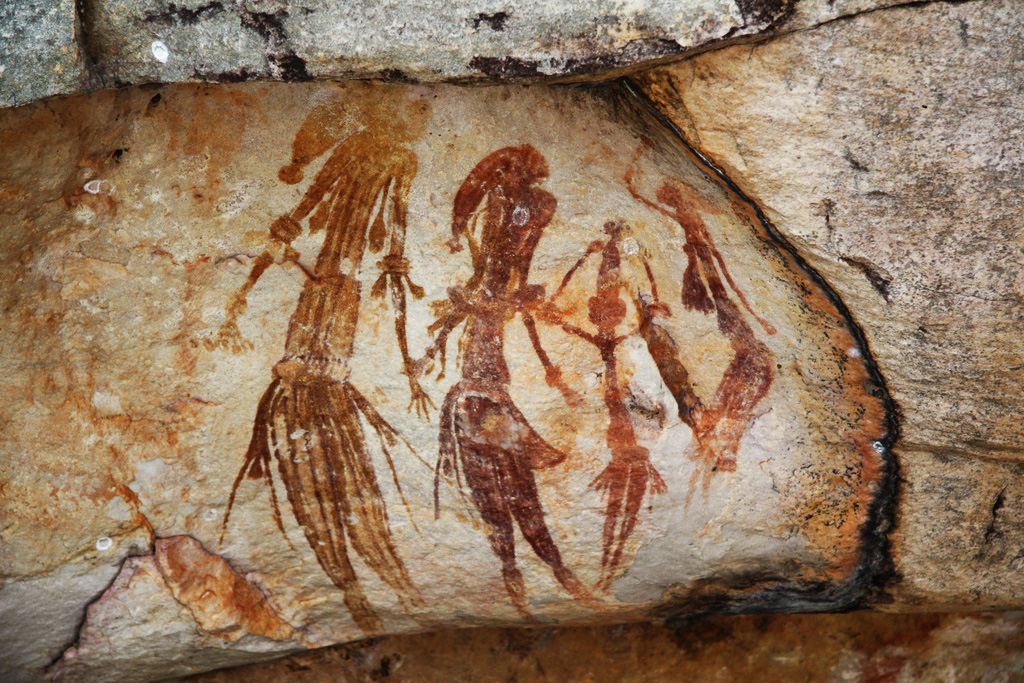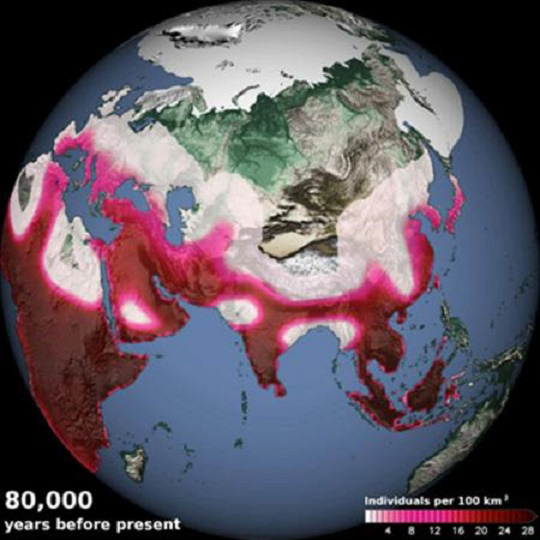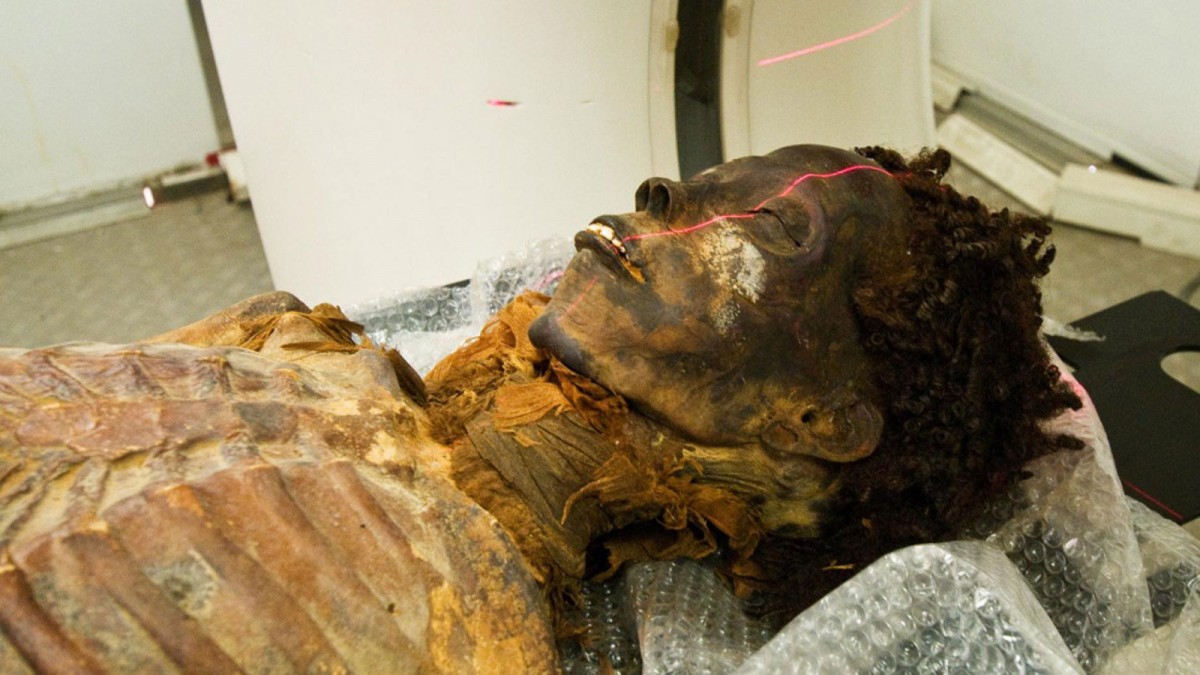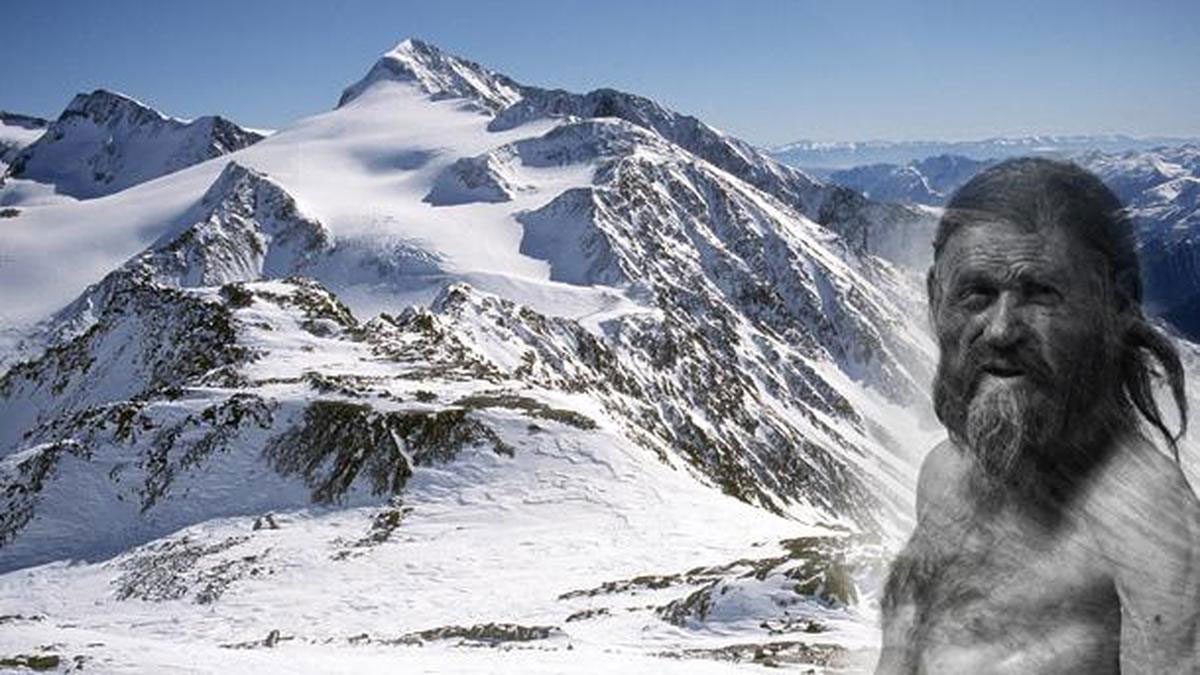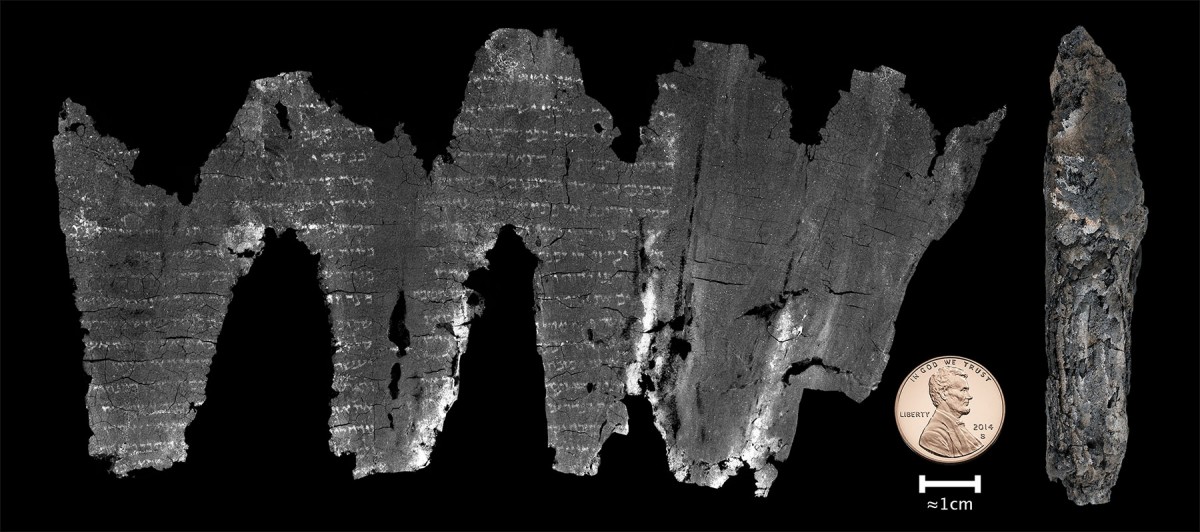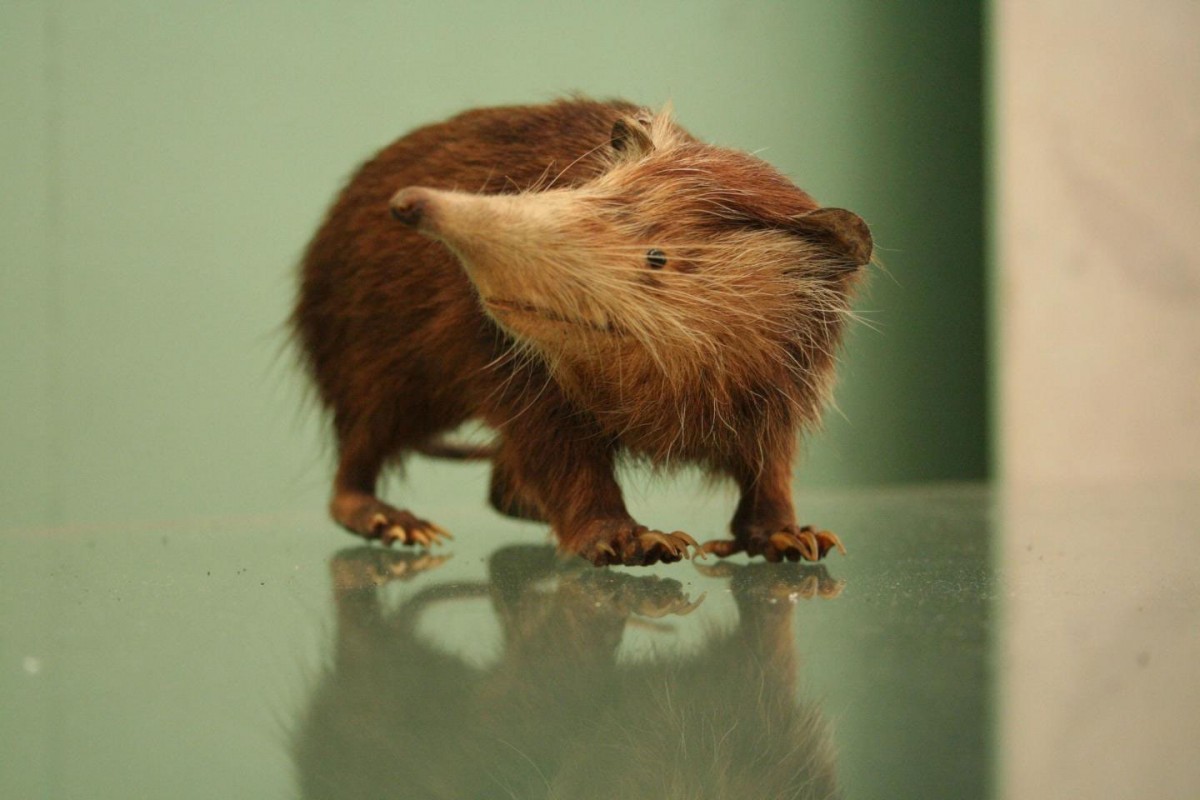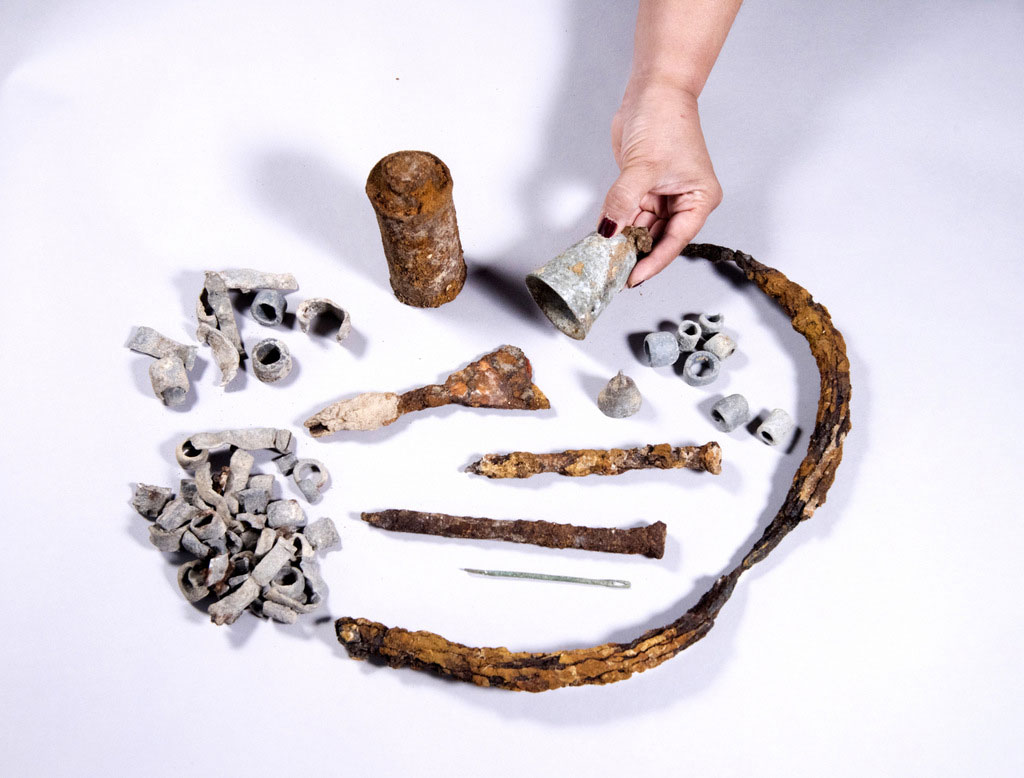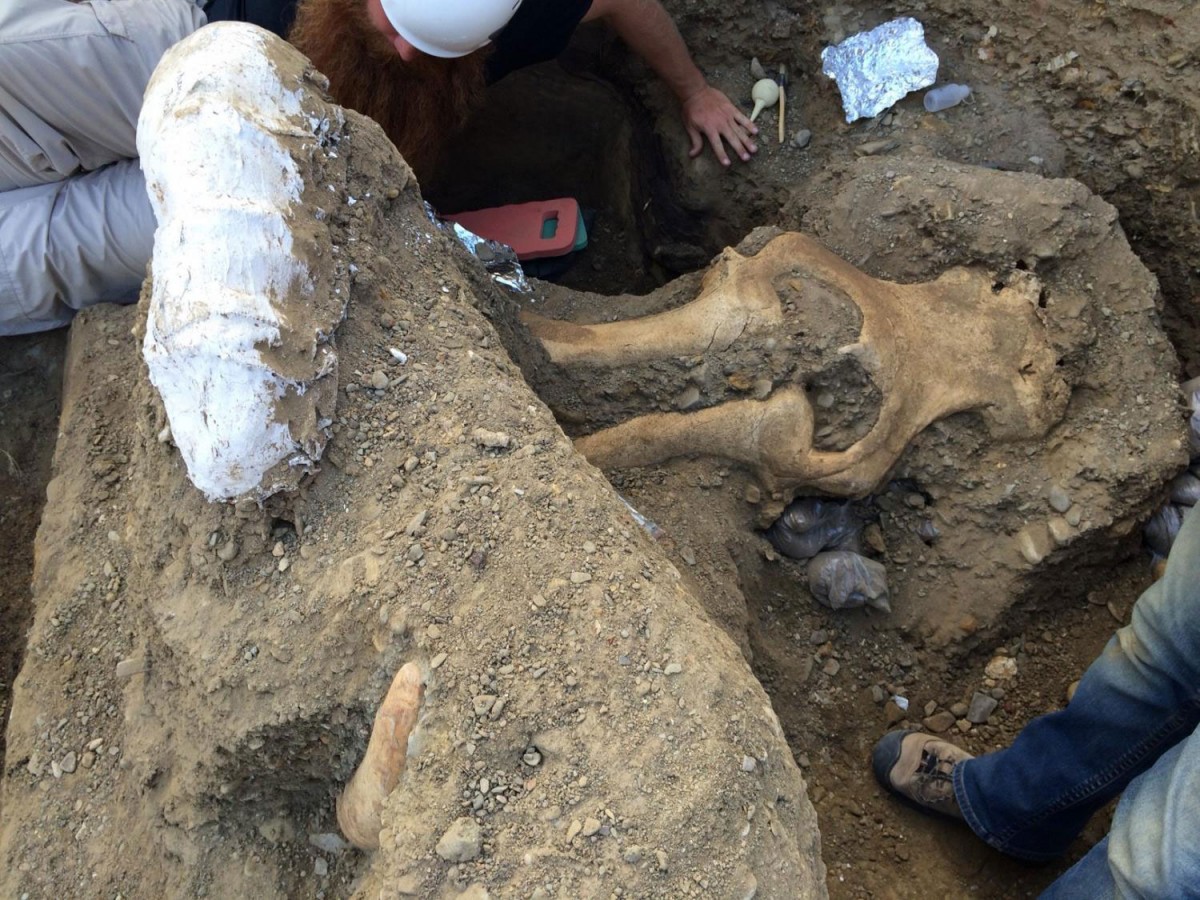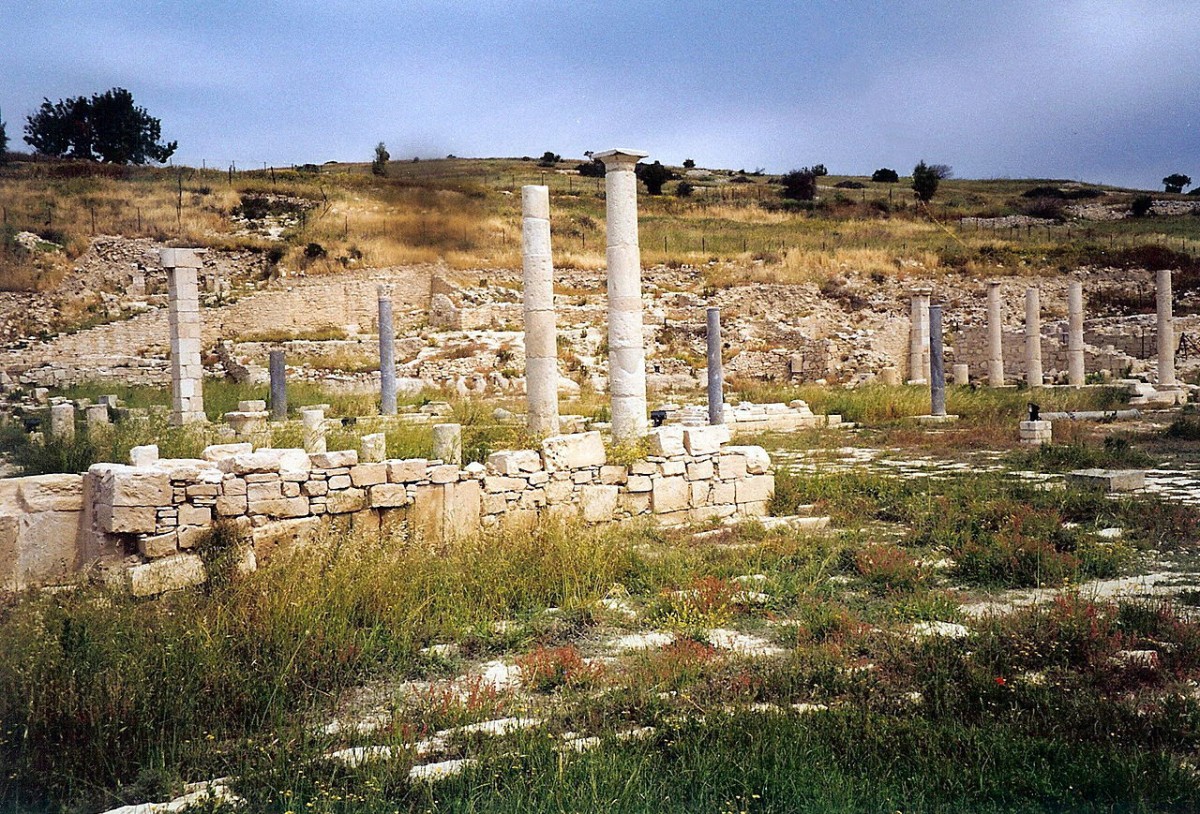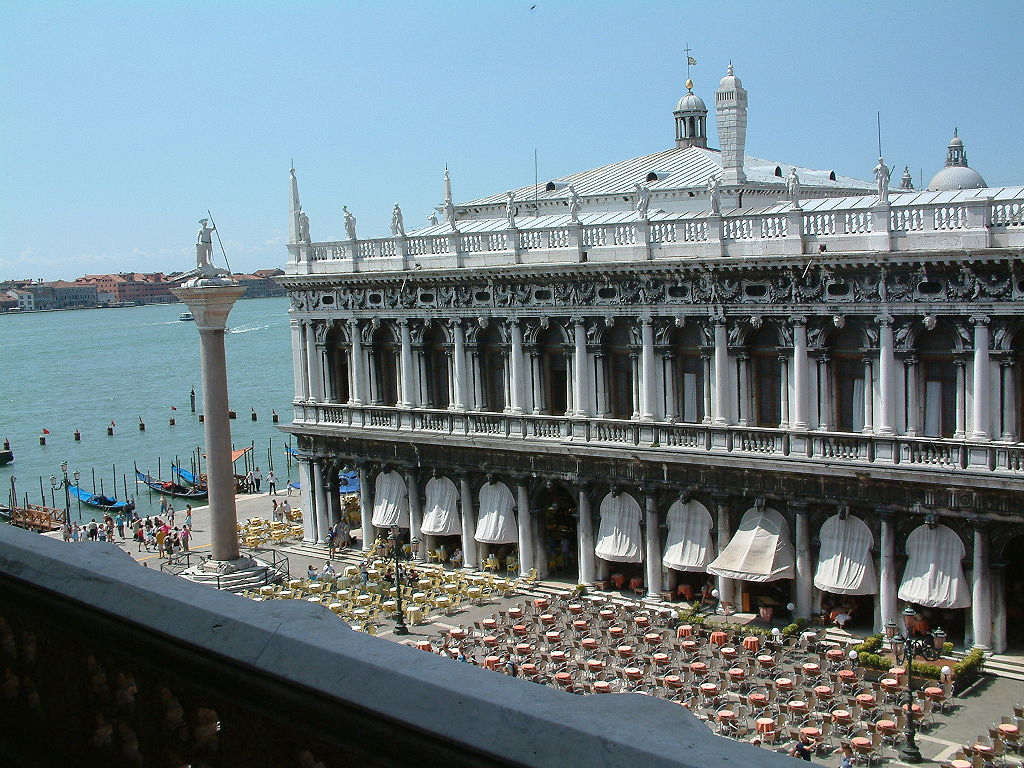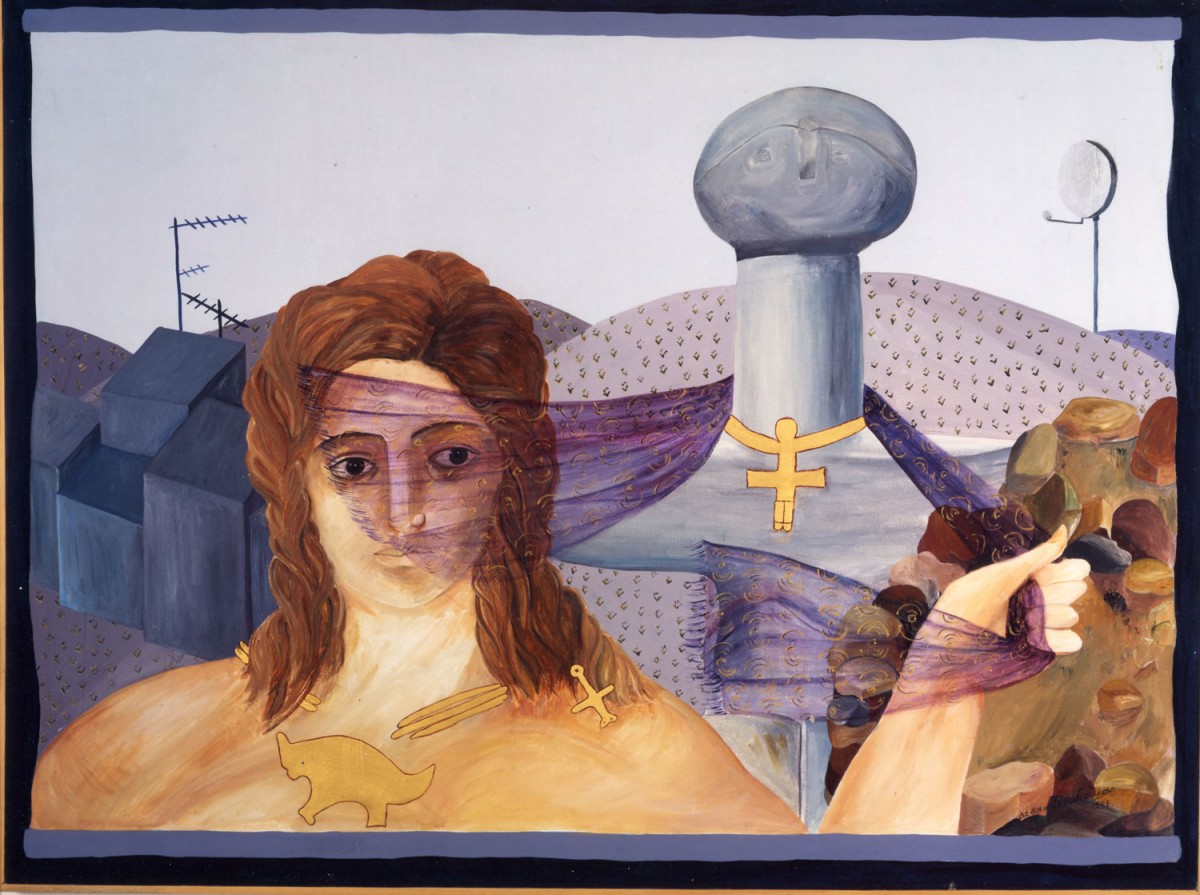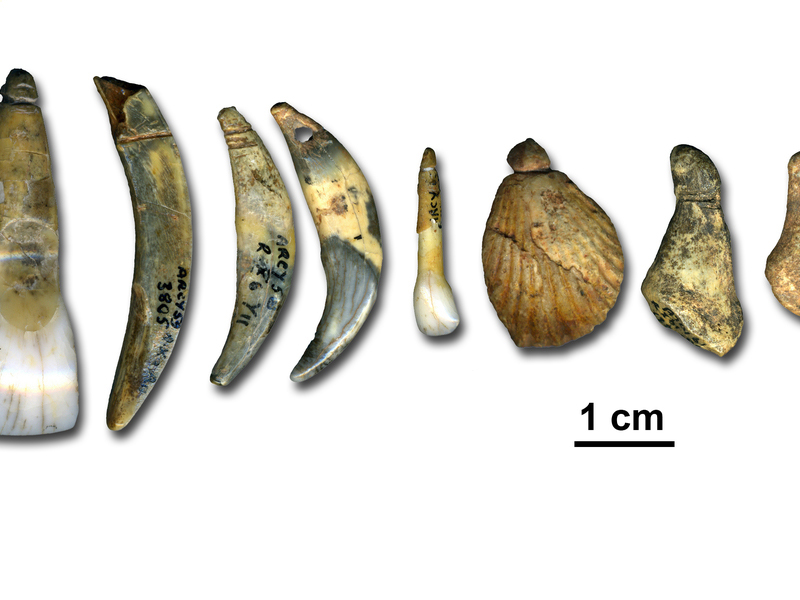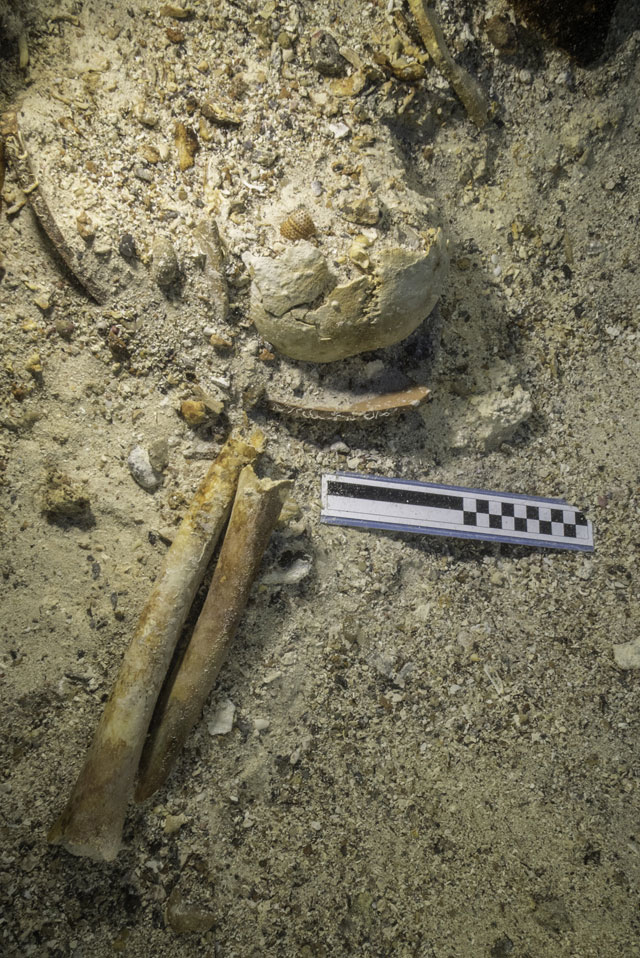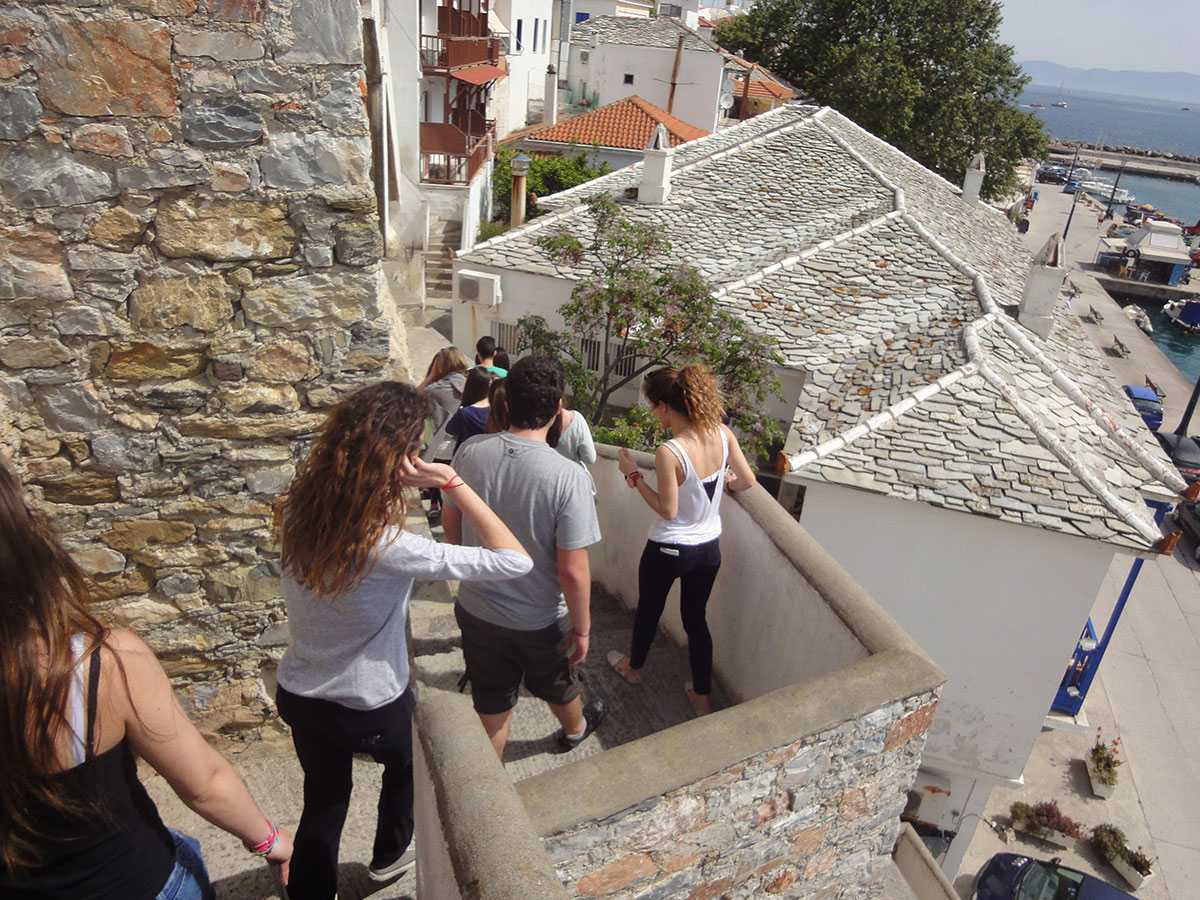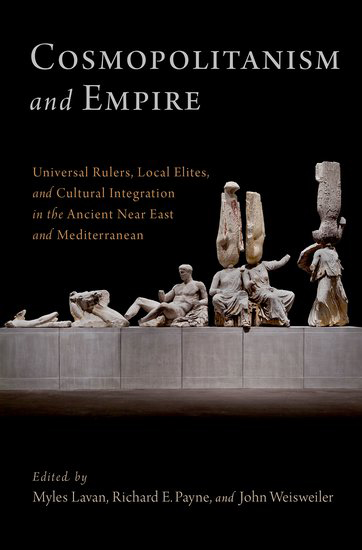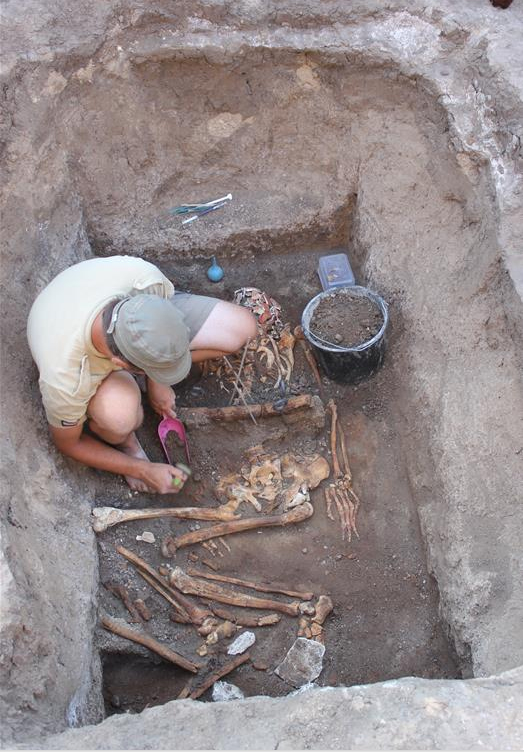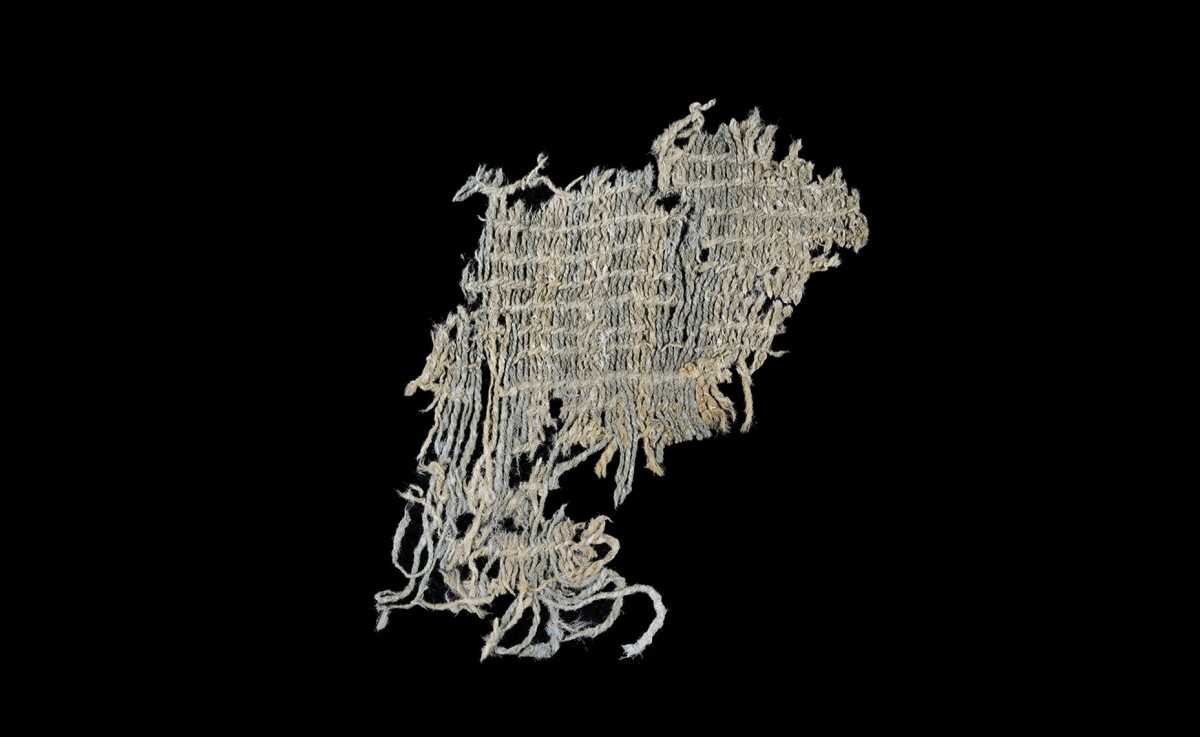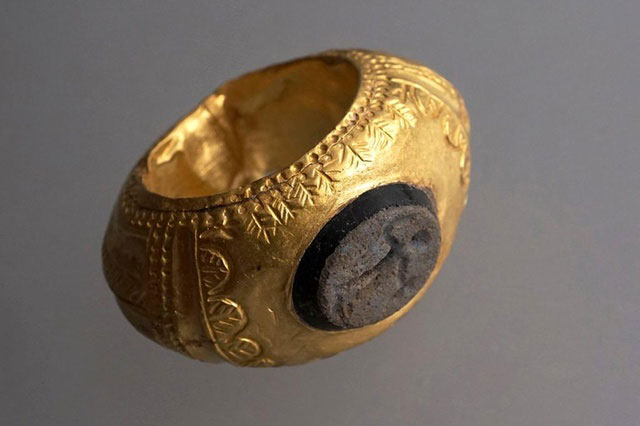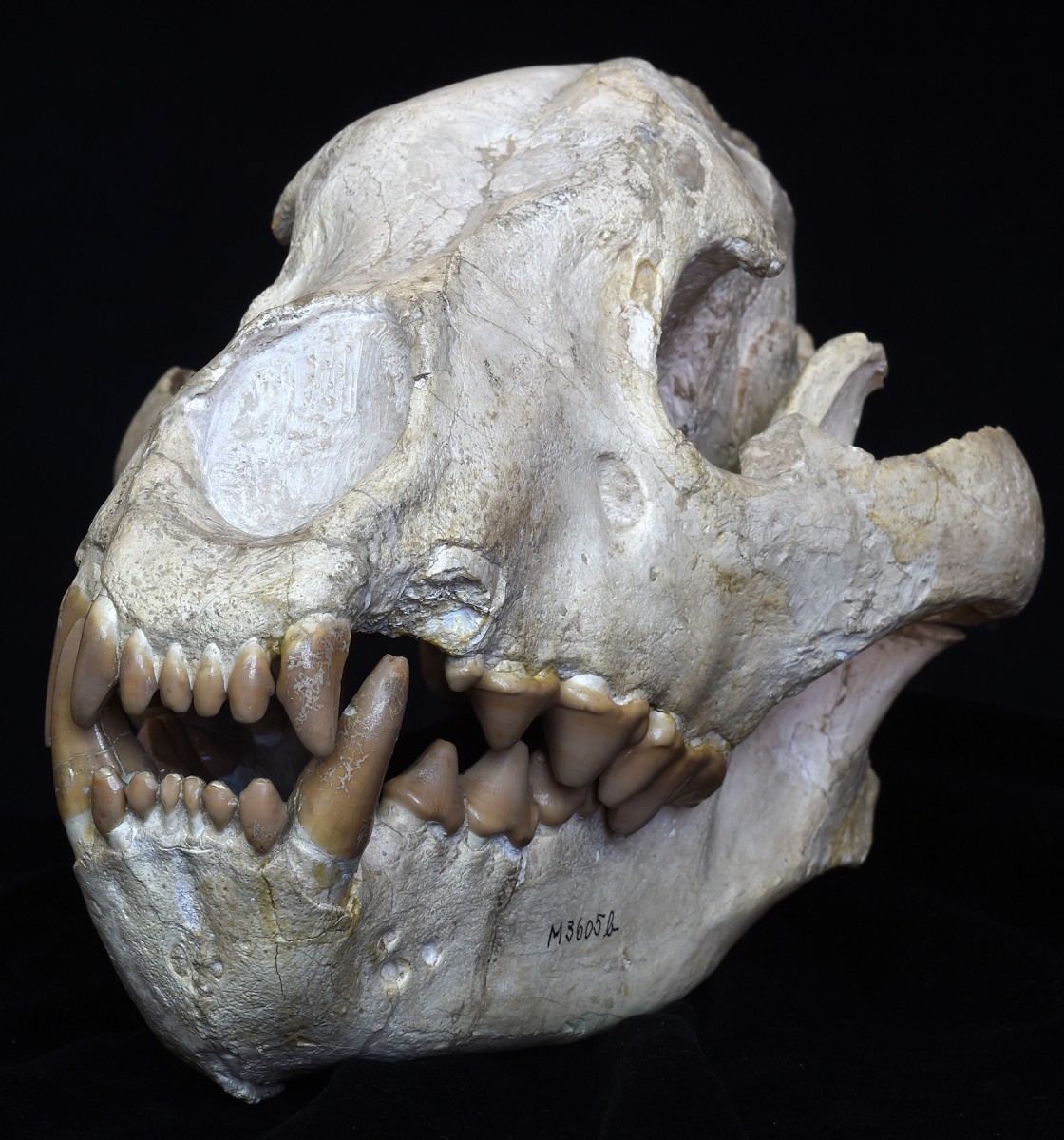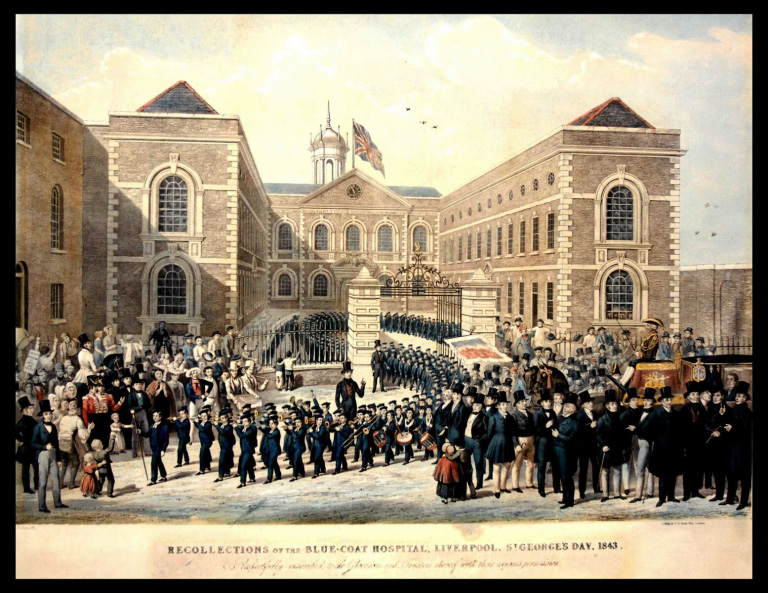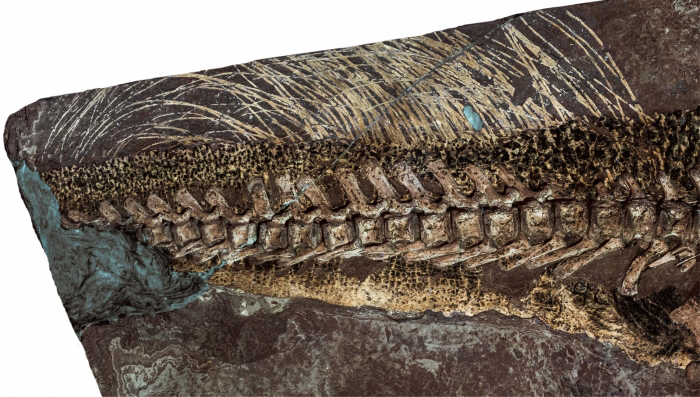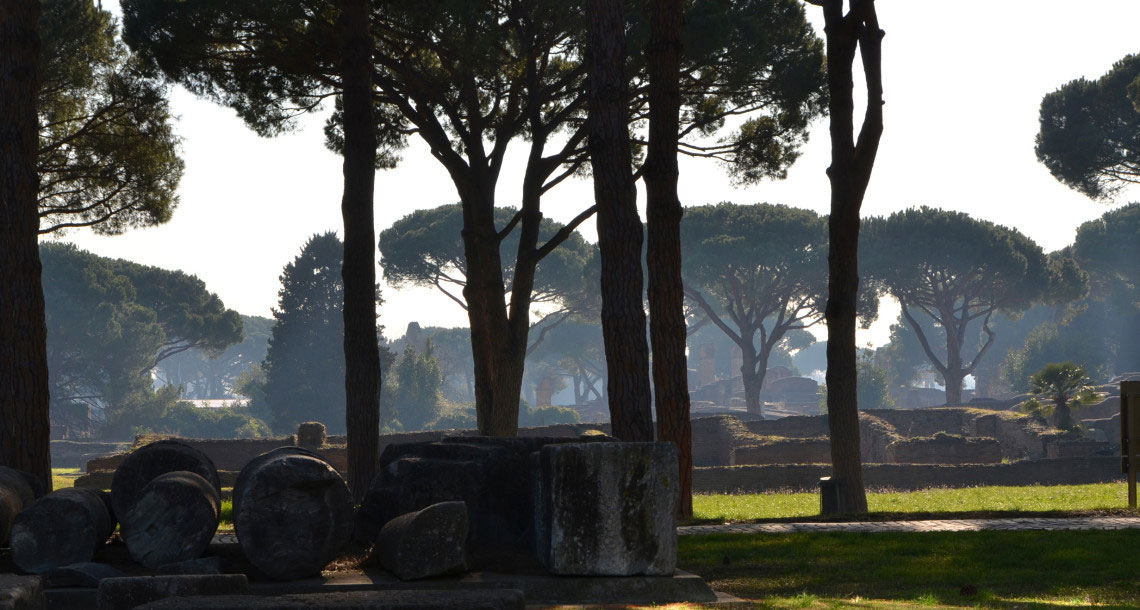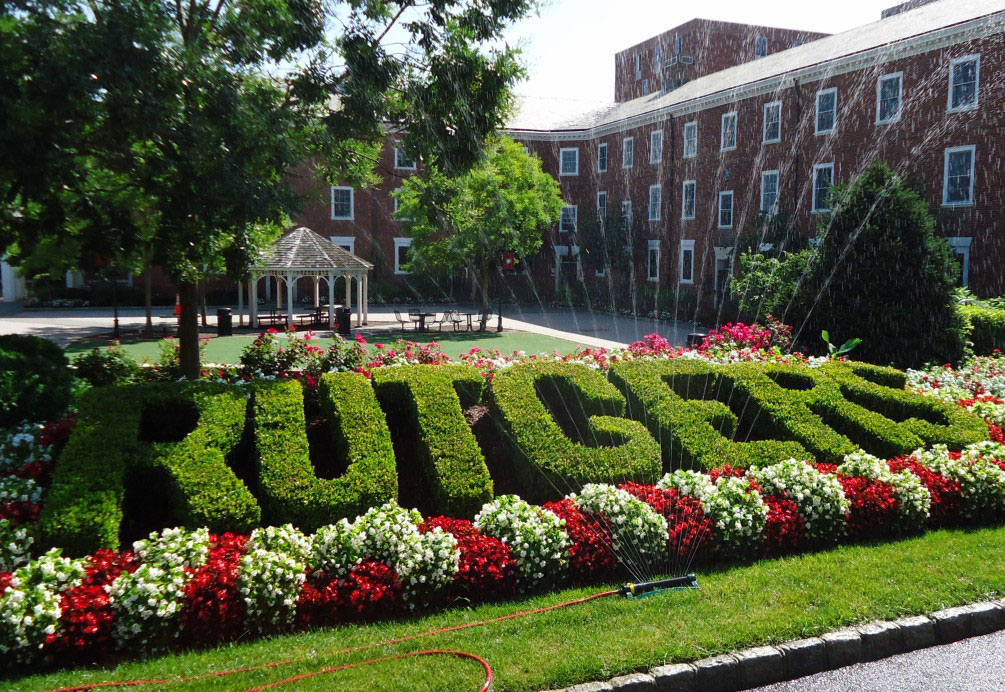Department of Classics seeks Assistant Professor
The Department of Classics at Brock University seeks a specialist in ancient drama (Greek and/or Roman) with a focus in performance and/or reception studies.
The first genomic history of Australia’s peopling
Australia has one of the longest histories of continuous human occupation outside Africa. But who exactly were the first people to settle there?
Past climate change swings orchestrated early human migration waves out of Africa
A small group of Homo sapiens left Africa around 100,000 years ago in a series of astronomically-paced slow migration waves.
Dying in Ancient Egypt
As silent witnesses to the past, ancient Egyptian mummies can add to our knowledge of their society well beyond what we can learn from the study of texts, art and funerary rituals.
Ötzi – A treacherous murder with links to Central Italy
The copper used to make Ötzi’s axe blade did not come from the Alpine region as had previously been supposed, but from ore mined in southern Tuscany.
The Scroll From Ein-Gedi
University of Kentucky Professor Brent Seales and his team have further unlocked writings in the ancient Ein-Gedi scroll — the first severely damaged, ink-based scroll to be unrolled and identified noninvasively.
Ancient DNA traces extinct Caribbean ‘Island Murderer’ back to the dawn of mammals
From skeletal remains found among ancient owl pellets, a team of scientists has recovered the first ancient DNA of the extinct West Indian mammal Nesophontes, meaning “island murderer.”
A fisherman’s house was found on the beach in Ashkelon
An Ottoman era fisherman’s house and a lookout tower were discovered in Ashkelon.
Rare mammoth fossil excavated at Channel Islands National Park
This week a team of scientists unearthed an exceptionally well preserved fossil of a complete mammoth skull from an eroding stream bank on Santa Rosa Island within Channel Islands National Park.
Amathous of Cyprus, a city most ancient
The temporary exhibition “Amathous of Cyprus, a city most ancient” opens at the Archaeological Museum of the Lemesos District, on Friday the 7th of October 2016.
The Greek editions of Aldus Manutius and his Greek collaborators
This exhibition, curated by Mr Staikos, aims to make known to a wider audience the famous scholar and printer’s contribution to Greek letters.
A journey into the history of Cyprus
Τhe Leventis Municipal Museum of Nicosia and The Association of Friends of the Leventis Museum present an exhibition of educational character, entitled “A Journey into the History of Cyprus through artworks by Despo Frederickou”.
Palaeoproteomics helps differentiate between modern humans and Neandertals
Palaeoproteomic evidence identifies archaic hominins associated with the Châtelperronian at the Grotte du Renne (France).
Ancient Skeleton discovered at the Antikythera Shipwreck
The “Return to Antikythera” international research team discovered a human skeleton during its ongoing excavation of the famous Antikythera Shipwreck (circa 65 BC).
Getting acquainted with the antiquities of Peparethos through a treasure hunt
A treasure hunt realized in a Lyceum of Skopelos, aiming to acquaint the students with the island’s antiquities, proved to be both an effective and amusing tool for experiential learning.
Cosmopolitanism and Empire
The book traces the development of cultural techniques through which empires managed difference in order to establish effective, enduring regimes of domination.
Scientists reconstruct 5,000-year-old elite tomb discovered in Ukraine
Scientists reconstructed the monumental 5,000-year-old tomb discovered on the border between Ukraine and Moldova.
Researcher identifies oldest textile dyed indigo
A George Washington University researcher has identified a 6,200-year-old textile dyed indigo-blue from Huaca, Peru.
A gold ring was found in Switzerland’s region of Pratteln
According to the experts, the owner of the ring buried the precious object underground during the civil wars of the Gallic Empire period, between AD 260 and 274.
For 20 million years, the diversity of large terrestrial mammals depended on plant growth
For more than 20 million years, the ups and downs of diversity in terrestrial large mammals were determined by primary production, a pattern that changed with the onset of the ice ages.
Who built Liverpool’s oldest city centre building
New research has discovered fresh information about the origins of this much loved Liverpool building, which dates from 1717.
The turkey among dinosaurs
An international team surrounding Senckenberg scientist Dr. Gerald Mayr has examined soft tissue structures of an exceptionally well-preserved fossil of the Cretaceous dinosaur Psittacosaurus.
2017-2018 Shohet Scholars Grant Program
The International Catacomb Society’s Shohet Scholars Program desires to support scholars of demonstrated promise and ability who are judged capable of producing significant, original research in the fields of archeology, art history etc.
Tenure-Track Position in Roman-era Material Culture
The Department of Classics at Rutgers, The State University of New Jersey (New Brunswick) is pleased to invite applications for a tenure-track position at the rank of assistant professor, to begin in September 2017.
